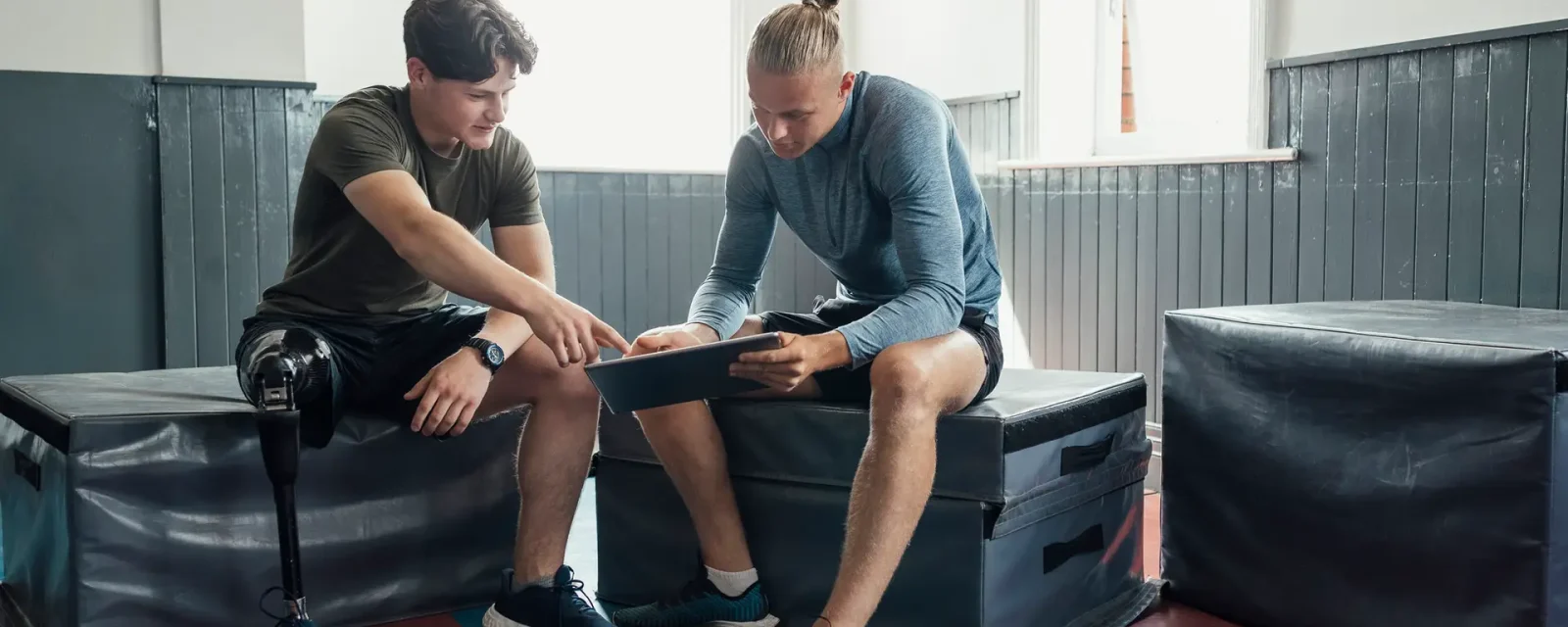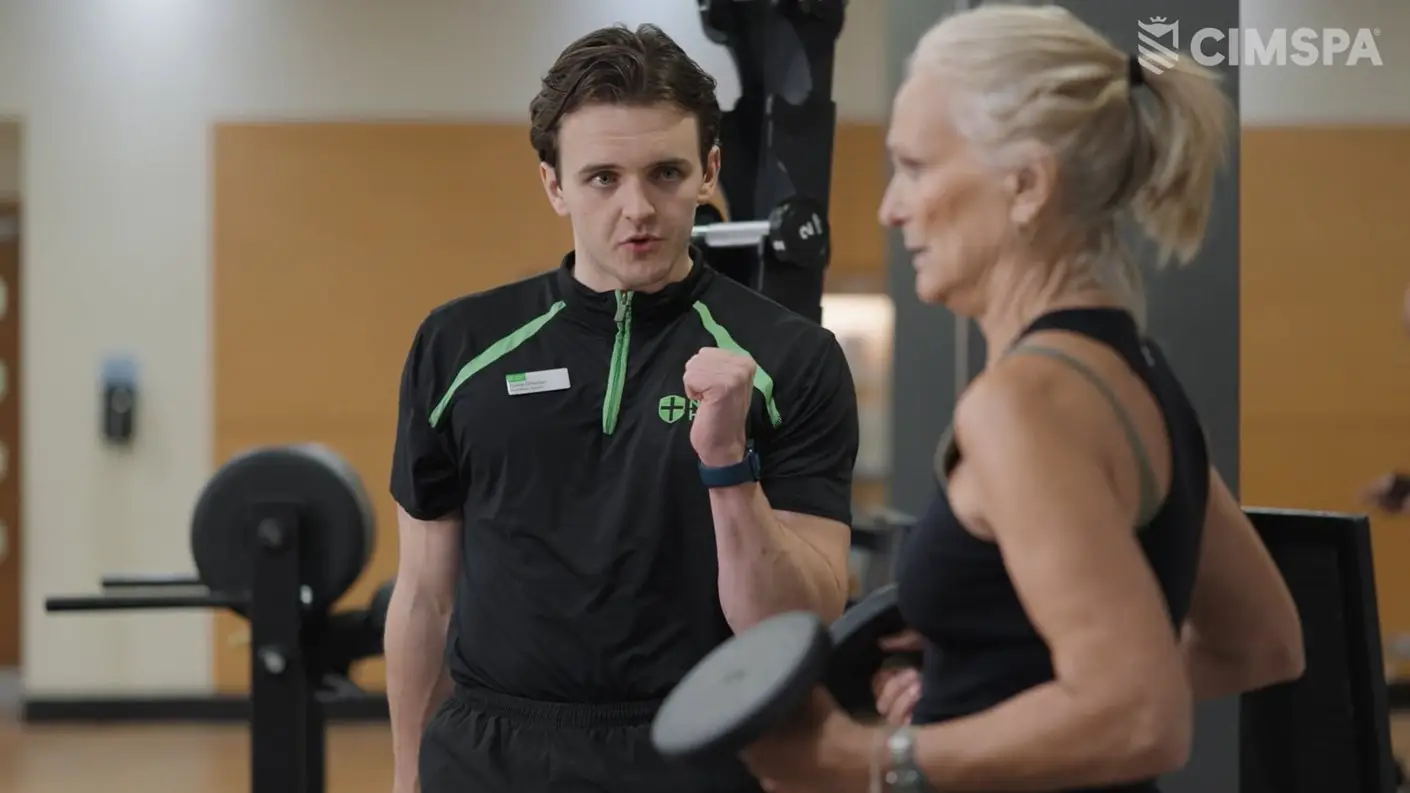Self-employment in sport and physical activity
Many professionals in the sport and physical activity sector are self-employed. To help you decide if this is right for you, we’ve answered some of the questions you might have.

What are the benefits of being self-employed?
There are many advantages to being your own boss. Self-made success is a great motivator for many, and that rests on a great deal of freedom. When you are in charge of all business decisions, you are able to shape your work around your personal preferences. That means deciding:
- What hours you work
- Where you work
- What type of client you want to work with
- Whether to work with particular clients
You are even able to change these things if you feel that they no longer meet your needs.
In addition to choosing the direction of your work, you also have more control over your earnings. By deciding your own rates and what hours you work, you can grow your earnings as much as you need. You can also specialise in a particular area, for example working with people with long-term health conditions, to increase your earning potential.
There are also tax benefits for self-employed professionals in the UK. You will be able to claim business expenses, including the costs of travel and membership of a professional body (like CIMSPA) – helping you to maximise your take-home pay.
As you progress in your career, you may also look to employ others. Self-employment is a great foundation for establishing your brand, values and business before you bring others on board to share your success.
What are the challenges of being self-employed?
Becoming self-employed is a major decision and a lifestyle that doesn’t suit everyone. What you gain in freedom, you lack in security – at least to start with. Being employed by someone else means that you have a stable income and can plan for your expenses better. Employers also offer a range of benefits that you don’t receive if you are self-employed. Some of the most basic are paid annual leave and sick leave as well as a pension scheme that your employer contributes to, but many offer additional perks.
In terms of taxes, while you can’t claim business expenses as an employee, you also don’t have to complete your own tax returns. Some people are confident doing this or employ an expert to manage it for them, but many find this aspect of self-employment challenging.
Work-life balance can be a challenge whether you are employed or work for yourself, but when you set your own hours, it can be difficult to ensure that you prioritise your own wellbeing and switch off when you need to. This can be compounded by working alone – although you will have clients to interact with, many find that being surrounded by peers can help them in all sorts of ways. One way to counteract this, though, is to join a professional body and become part of a community of like-minded individuals working in the same sector.
How much could I earn?
As we’ve said, when you are self-employed you have more control over your own earnings. By changing your rates and hours worked, you can tweak your take-home pay to suit your needs. You can also upskill to cater to specialist needs, which often leads to increased pay. That being said, your pay will still be linked to the role you choose.
Our occupation pages have up-to-date information on average salaries for each sector role across each nation in the UK, as well as inspiration for how to increase your earnings through career progression and skill development.
Explore career options
How do I become self-employed?
If you’ve decided that self-employment is for you – great! This is an exciting new step in your career and there is a lot to think about and plan. Here are a few things you might want to consider as you decide how to take the leap towards being your own boss.
Job roles
While you might want to continue working in your current role, this isn’t the only option when becoming self-employed. Maybe this is your first step into the world of work, you are looking to switch careers or just make a slight change in direction. Whatever your situation, now is a good time to consider the opportunities available to you.
Why not explore the occupations in our sector to see if there’s a role you haven’t considered? Using your transferable skills, there are more ways to work self-employed than you might think.
Explore career options
Qualifications
Are you already qualified in the role you intend to work in when you are self-employed? If not, or if your qualifications aren’t very recent, you might want to brush up your skills to ensure that you can offer the best possible service to your potential clients.
If you are already qualified, you may be interested in expanding your skills to cater to services that are in demand in your local area, for example working with children or pre- and postnatal women.
Whatever type of knowledge you are looking to gain, it’s important to ensure that you invest in training that is relevant, up-to-date and teaches you the competencies you need.
Our endorsed training directory contains only quality-assured training from trusted CIMSPA partners. With all learning aligned to the sector’s employer-led professional standards and providers having undergone a rigorous review process, you can be certain that any course you choose will set you up for success in self-employment.
Visit endorsed training directory
Next steps
Once you’ve decided what you want to do and are equipped with the qualifications you need to succeed, it’s time to take the leap. To help you on your journey to becoming a fully fledged self-employed sport and physical activity professional, we’ve put together some guidance. In it, you’ll see the main steps you need to take and some tips for how to ensure you get off to a flying start.
